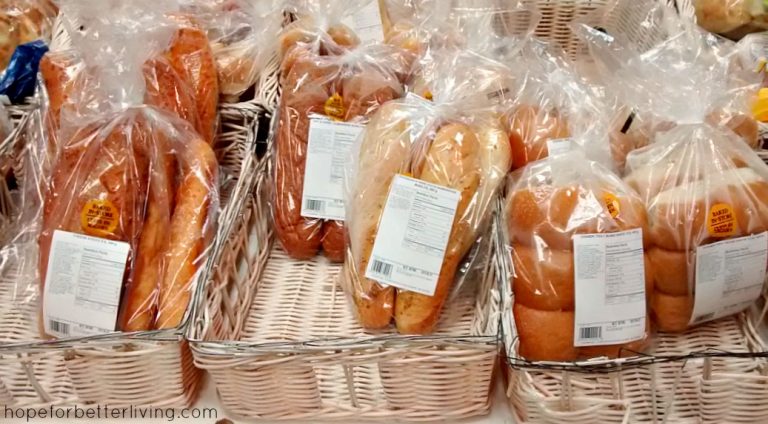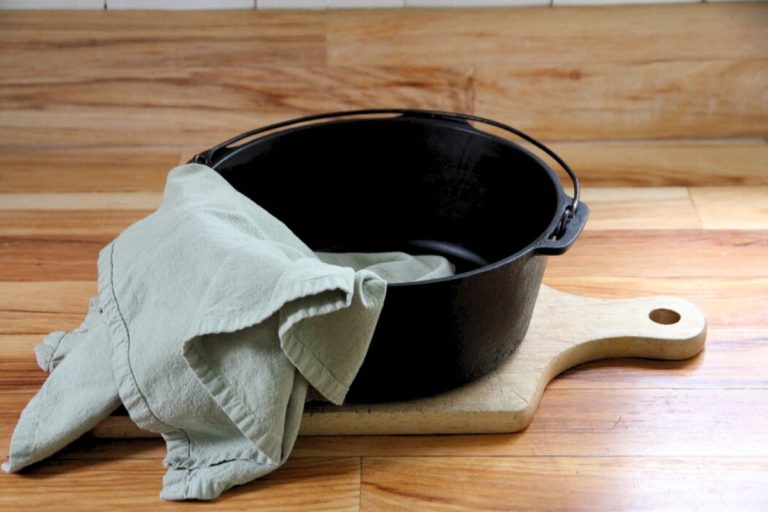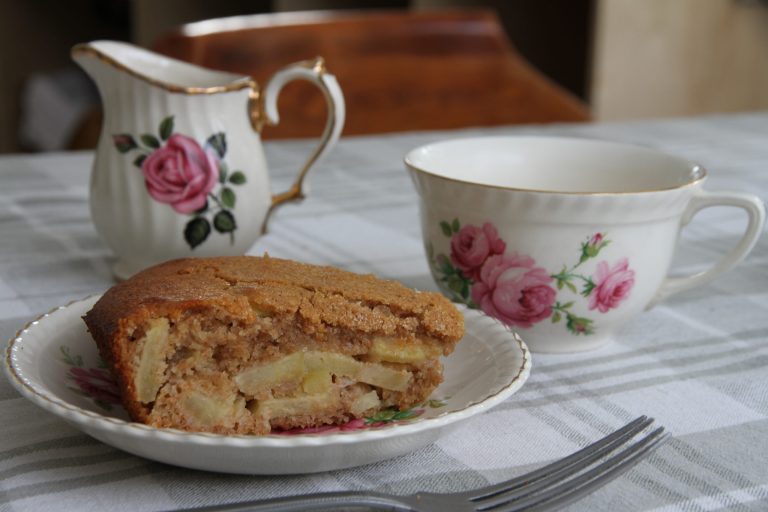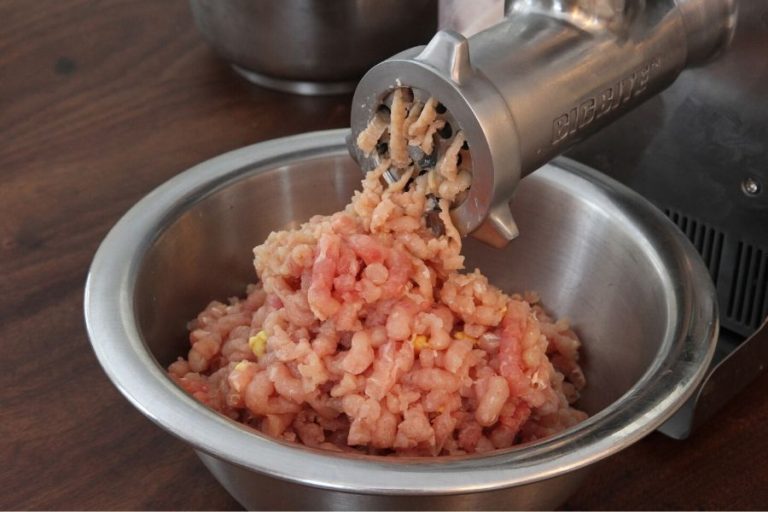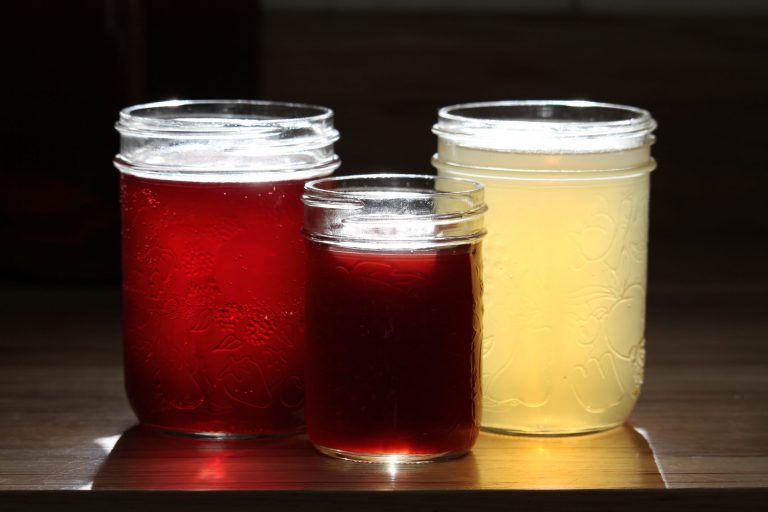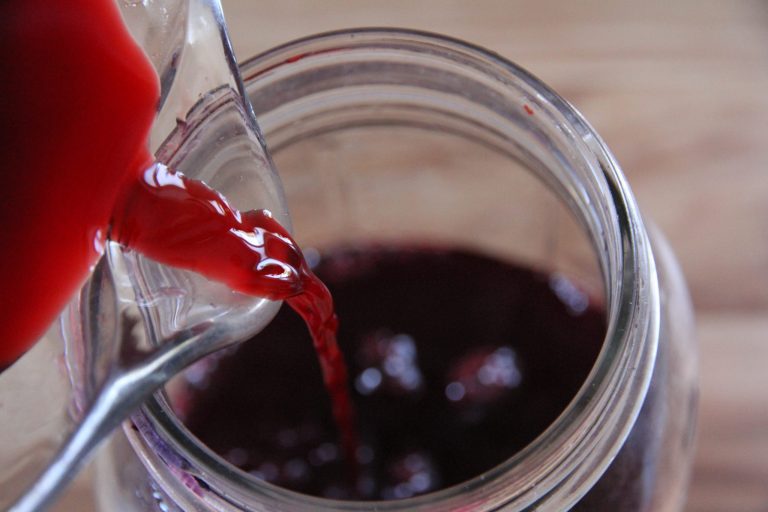8 Ways to Be Economical in the Kitchen like Ma Ingalls
Here are 8 lessons from Ma Ingalls on how to make the most of what you have in the kitchen, while still nourishing your family with healthy, from scratch meals!

We all read the Little House on the Prairie series as children, or at least had a mum who read it aloud to us. I had both experiences!
As a little girl, I related best to Laura and Mary's world. The pioneer life handed these two little girls all sorts of wild experiences, hardship and stories of overcoming (I liked the overcoming part best!).
As a girl, I only heard Laura and Mary's story.
But now that I'm a grown woman and have a family of my own, I find myself drawn into the world of Ma (Caroline).
There's a lot we can glean and learn from this woman who faced so many challenges, but never wavered in her resolve to guide, protect and provide for her family.
One of the things I notice when browsing this book series as an adult? Ma Ingalls had wonderful skills in the kitchen! Despite limited resources, she was always finding creative ways to feed her family and add variety their diet.
Food is usually one of the biggest expenses a family has, and knowing how to keep costs down is one of the most important skills a woman can learn.
I know this first hand! Living in a small farming community, my man and I have walked through some very lean times.
From low wages, to winter months without work, schooling, knee injuries and ongoing medical bills for Lyme disease, we've had to find ways to cut corners.
As a wife and homemaker, I've learned I can significantly lower the cost of living if I manage my kitchen well.
There's a real sense of security that comes when you know how to cook entirely from scratch and creatively stretch your meals.
Whether you're in a tough season now or just want to develop the skills, here are 8 ways to be economical in the kitchen like Ma Ingalls.
1. Keep basic staples on hand at all times
In the Ingall's kitchen, Ma always kept basic staples on hand. Of course, there were seasons when supplies were limited, like when traveling in a covered wagon or surviving The Long Winter!
Generally speaking, Caroline Ingall's kitchen had a supply of dry goods like beans, flour, cornmeal, salt, sugar, dry fruit, saleratus (baking soda) and tea.

Meat was also another core staple. Pa hunted and fished wild game for the table, and when the family was settled, they had chickens and pigs for eating.
Helpful tip: Ma didn't necessarily serve a side dish of meat (like we do steak or roast beef). It was more economical to add salt pork to baked beans, use wild game to make a stew, or create a savory meat pie.
Milk and eggs are often mentioned throughout the Little House series.
Eggs were only available when the family was settled, but the family had several different milk cows throughout their travels. Milk was nourishment by itself, but it also provided Ma's kitchen with butter, buttermilk and cheese.
Dry goods, meat, milk and eggs are still the core staples you need to cook from scratch today!
2. Learn to cook by taste and touch
A good, from-scratch cook doesn't need recipes to create a meal.
At least Ma didn't!
When Reverend Alden found the family living By the Shores of Silver Lake, the young accompanying reverend asked Ma for some recipes.
"Goodness!" said Ma. "I never measure, but I guess I can make a stab at it" (pg 221).
Being an experienced cook, Ma went by look, touch and taste.

Because Ma was a free handed cook, she understood how different ingredients would compliment or react to one another.
This allowed her to be creative when ingredients were limited.
3. Prepare simple meals that are hearty and filling
There was nothing fancy or special about the food Ma fixed. Throughout the book series, we have lots of references to what the family ate.
Meal were somewhat seasonal, and varied based on what Ma had available. The Ingalls family ate:
- baked beans with salt pork
- bean soup
- biscuits
- boiled eggs
- bread
- cheeses (soft or hard)
- corn
- cornmeal mush
- dried fruits
- fried salt pork
- gravy
- green beans
- Johnny cakes
- lettuce
- meat (stewed, fried or baked)
- peas in cream
- pies (savory or sweet)
- potatoes
- root vegetables (beets, carrots, turnips)
- stew
- tomatoes, husk tomatoes or ground cherries in sugar

4. Be creative and try new things in your home cooking
Caroline Ingalls was creative. She wasn't afraid to try new things in her attempt to make the most of what she had.
In The Long Winter, Ma made an "apple pie" using green pumpkin, brown sugar, vinegar and spices.
"'I didn't know you could,' Carrie breathed, looking wide-eyed at the pie."
"'Well, I don't know yet,' said Ma. She slipped the pie into the oven and shut the door on it. 'But the only way to find out is to try'" (The Long Winter, pg 32-33).
Her attempt worked, and Pa was fooled into believing it was apple pie!
Moral of the story? Don't be afraid to experiment with your cooking, and see if you turn something useless into something delicious!
5. Learn to prepare the same ingredients in different ways
Without a wide variety of ingredients on hand, Ma learned to prepare the same food items in different ways. For example, she didn't just bake whole potatoes in the oven.
In her kitchen, potatoes were:
- Mashed with milk and butter
- Raw fried in a pan with fat
- Served with gravy
- Added to stew
- New potatoes were creamed
Homemade gravy was a great way to dress up meat, potatoes, biscuits or Johnny cakes. It was also used as a base for Ma's meat pies.
Your family will be able to eat the same food more often, if you change the way you serve it.

6. Use fat and salt to make everything taste better
Like most good home cooks, Ma understood that fat was invaluable in the kitchen! She used butter, lard and even drippings (fat from leftover fried meat) were saved and used in her cooking.
Good fat adds real flavor to home cooked dishes. So does salt.
The Ingalls family bought salt in bulk. It was necessary for pickling and to create from-scratch meals that tasted good.
As Pa Ingalls said:
"'Potatoes and salt aren't to be sneezed at either. Salt brings out the full flavor of a potato; it's not all hidden with butter and gravy'" (The Long Winter, pg. 196).
7. Serve side dishes to make the meal go further
It's no secret that there were lean times in Caroline Ingall's kitchen. But one thing I've noticed is that whenever she could, Ma served 4-5 dishes at meal times.
Here's one account we have from Little Town on the Prairie.
"They were all enjoying good bread and butter, fried potatoes, cottage cheese, and lettuce leaves sprinkled with vinegar and sugar" (Little Town on the Prairie, pg. 34).

At first, I didn't understand the importance of this. But as I've managed my own kitchen over the years, I've learned that adding several side dishes actually helps stretch the main dish at a meal, and ensures you have leftovers.
8. Use Free Food to Feed the Family
Caroline Ingalls was a gardener and a forager, because she understood the value of free food. Wherever the family settled, she grew a vegetable garden to help feed the family.
Pa tended to larger, year-end crops in the fields, while Ma's gardens were geared more toward producing food for fresh, summer eating.
In her garden she grew carrots, cucumbers, beets, ground cherries, husk tomatoes, lettuce, onions, peas, red radish, string beans, tomatoes and more.
Ma was also foraged food whenever it was available. We have accounts of her harvesting wild plums from the thickets along Plum Creek, and blackberries in Indian Territory.

An economical housewife knows that free food (foraged or homegrown) is the cheapest food. And if you preserve it for later, it extends the length of time you can live on free food.
So Caroline Ingalls preserved her "free" food.
Living on the prairies, she dehydrated fruit, berries and corn. In the root cellar, she kept root vegetables and potatoes.
During harvest season, Ma pickled green tomatoes and "salted" cucumbers. Ground cherries were turned into sweet preserves and husk tomatoes were turned into pickled preserves as well.
"All day long while the girls were in school, Ma made preserves of the red tomatoes, of the purple husk-tomatoes, and of the golden ground-cherries. She made pickles of the green tomatoes that would not have time to ripen before it froze. The house was full of the sirupy scent of preserves and the spicy odor of pickles" (Little Town on the Prairie, pg. 138).
In Conclusion
If you want to run an economical kitchen, these lessons from Ma Ingalls will help you out. These tips are simple, but they work.
Whether you find yourself in lean times or just want to be prepared if that day comes, I hope you found some inspiration from Ma Ingalls kitchen!
